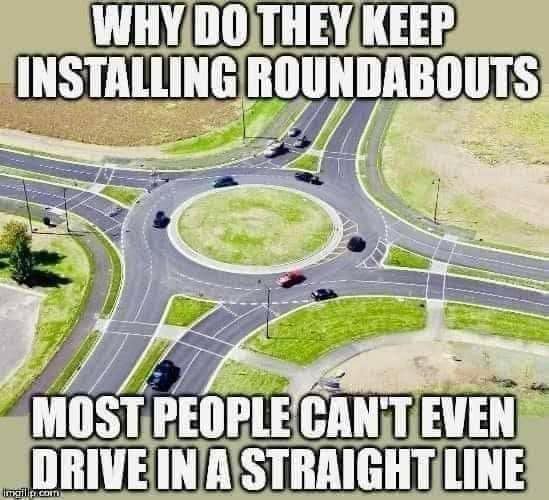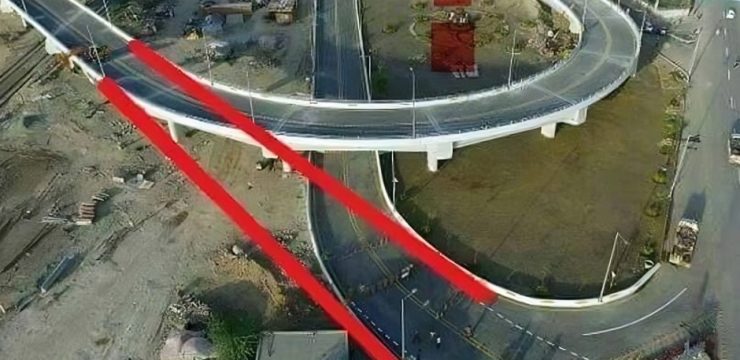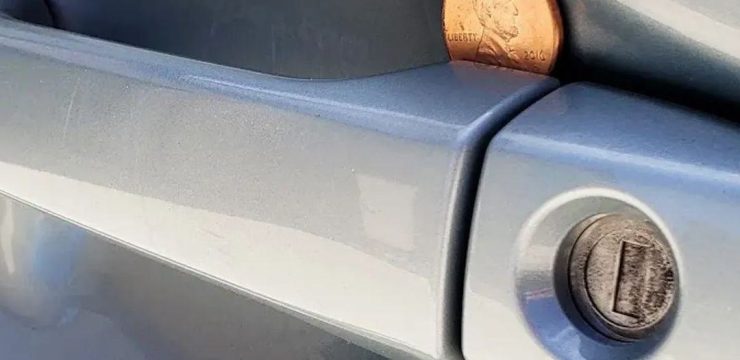Roundabouts are becoming increasingly popular on roads across the United States. While some drivers appreciate their efficiency, others approach these circular intersections with uncertainty or outright confusion. So, what exactly are roundabouts, and why are they being adopted so widely? These modern intersections are more than just an alternative to traditional crossroads—they’re part of a broader effort to make our roads safer and more efficient.

Here’s a closer look at what roundabouts are, how they work, their history, and why they’re transforming the way we navigate our roadways.
What Are Roundabouts, and How Do They Work?
A roundabout, often referred to as a traffic circle or rotary, is a circular intersection where traffic flows counterclockwise around a central island. Unlike traditional intersections controlled by stop signs or traffic lights, roundabouts operate on a yield-at-entry system. Vehicles entering the roundabout must yield to those already circulating, which reduces the likelihood of collisions and keeps traffic flowing smoothly.
The design of a roundabout encourages lower vehicle speeds, as cars navigate gentle curves instead of stopping and accelerating at right angles. Most roundabouts also feature pedestrian crossings and raised splitter islands, which help slow vehicles and enhance safety for pedestrians.
The History of Roundabouts: From Europe to the U.S.
Roundabouts may seem like a modern innovation, but their origins date back centuries. Circular intersections were first introduced in European cities like Bath, England, and Paris, France, during the 1700s. In the United States, Pierre L’Enfant incorporated several circular intersections into the design of Washington, D.C. However, these early versions lacked the features that define modern roundabouts.
The turning point came in the 1950s, when British engineers introduced yield-at-entry rules to improve safety and traffic flow. This innovation required vehicles entering a roundabout to yield to those already inside, reducing congestion and accidents. The idea quickly spread across Europe and Australia, and by the 1990s, roundabouts began appearing in the United States.
The first modern roundabout in the U.S. was built in Summerlin, Nevada, in 1990. Today, there are over 10,000 roundabouts in operation across the country, a testament to their effectiveness in improving road safety and efficiency.
Why Are Roundabouts Safer Than Traditional Intersections?
The primary reason for the rise of roundabouts is their superior safety record compared to traditional intersections. Four-way intersections, particularly those with stop signs or traffic lights, are hotspots for accidents due to the many points where vehicles’ paths cross.
Here’s a comparison:
- Traditional Intersections: A four-way intersection has 32 potential conflict points where vehicles can cross, merge, or diverge. These intersections are prone to right-angle collisions, or “T-bone” crashes, which often result in severe injuries or fatalities.
- Roundabouts: By contrast, roundabouts reduce the number of conflict points to just eight. Vehicles travel in the same direction and at lower speeds, significantly reducing the risk of high-impact crashes.
According to the Federal Highway Administration (FHWA), replacing a stop-controlled intersection with a roundabout can reduce serious and fatal crashes by 90%. Even when replacing a signalized intersection, roundabouts achieve a reduction of nearly 80% in severe crashes.
Efficiency and Environmental Benefits of Roundabouts
Roundabouts aren’t just safer—they’re also more efficient. Unlike traditional intersections where vehicles frequently stop and start, roundabouts promote continuous traffic flow. This design leads to several practical benefits:
- Reduced Congestion: By eliminating stop-and-go patterns, roundabouts decrease wait times and reduce bottlenecks, even during peak hours.
- Lower Fuel Consumption: Continuous movement means fewer stops and starts, which translates to better fuel efficiency for drivers.
- Decreased Emissions: Less idling and smoother traffic flow result in lower vehicle emissions, making roundabouts an environmentally friendly choice.
Additionally, roundabouts make U-turns easier, providing drivers with greater flexibility in navigating roadways.
Where Are Roundabouts Most Commonly Found?
Roundabouts are often installed at intersections with high traffic volumes or a history of frequent accidents. Urban planners prioritize them in locations where they can have the greatest impact on safety and efficiency.
States like New York and Virginia have adopted a “roundabout first” policy, meaning roundabouts are the default choice for new intersection designs. Florida, with approximately 750 roundabouts in operation, is a leading adopter of the concept. Meanwhile, states with lower population densities, such as North Dakota and Wyoming, have relatively few roundabouts.
Challenges and Public Perception
Despite their many benefits, roundabouts can be intimidating for drivers unfamiliar with them. Learning to navigate a roundabout—yielding to circulating traffic, signaling before exiting, and choosing the correct lane—requires practice and patience.
However, studies show that public perception of roundabouts improves over time. Drivers who initially opposed them often come to appreciate their benefits after experiencing smoother traffic flow and shorter wait times firsthand.
The Future of Roundabouts in the U.S.
Roundabouts are here to stay. Over the past two decades, their numbers have grown exponentially, reflecting a nationwide shift toward safer and more efficient roadways. The FHWA continues to recommend roundabouts as the safest option for intersections, and many states are integrating them into their transportation plans.
As public awareness and education improve, roundabouts are likely to become even more prevalent in the coming years, further transforming the way we think about road design.
Conclusion: Roundabouts Are Revolutionizing Road Safety
Roundabouts represent a forward-thinking approach to traffic management. By reducing conflict points, encouraging continuous flow, and lowering emissions, they address many of the challenges posed by traditional intersections.
While it’s natural for some drivers to feel hesitant about using roundabouts, their proven safety, efficiency, and environmental benefits make them a valuable addition to any community. As more states embrace this innovative design, roundabouts will continue to play a key role in creating safer and more sustainable roadways for everyone.
The next time you approach a roundabout, take a moment to appreciate its thoughtful design—and the many ways it’s helping to keep our roads safer and greener.





